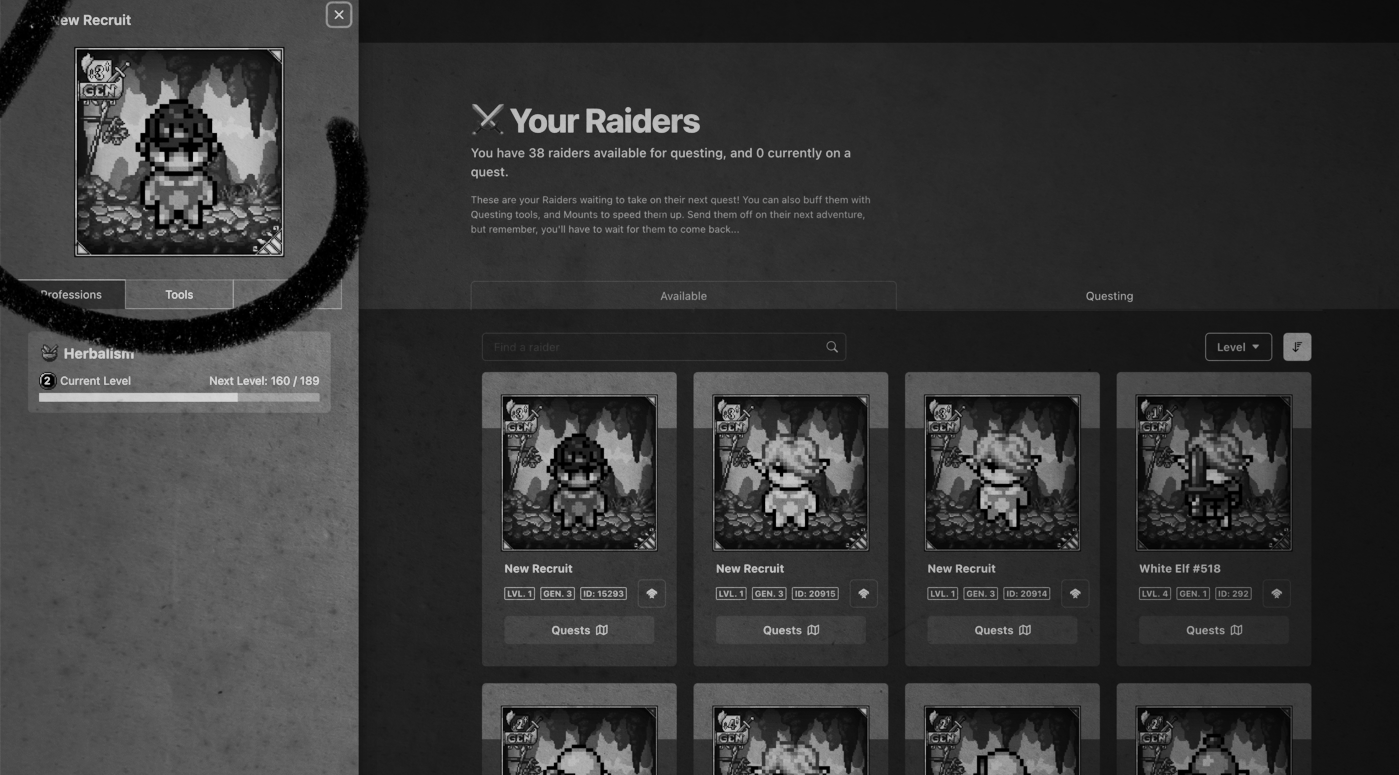With ~10,000 active players, the daily volume on our in-game currency AURUM is ~$600k per day. If we scale up to 100,000 players and that ratio holds, the daily volume would be $6m. If we brought the AURUM/USDC and AURUM/MATIC liquidity into the treasury, that would be $21,000 in revenue per day earned from people trading our in-game currency.

